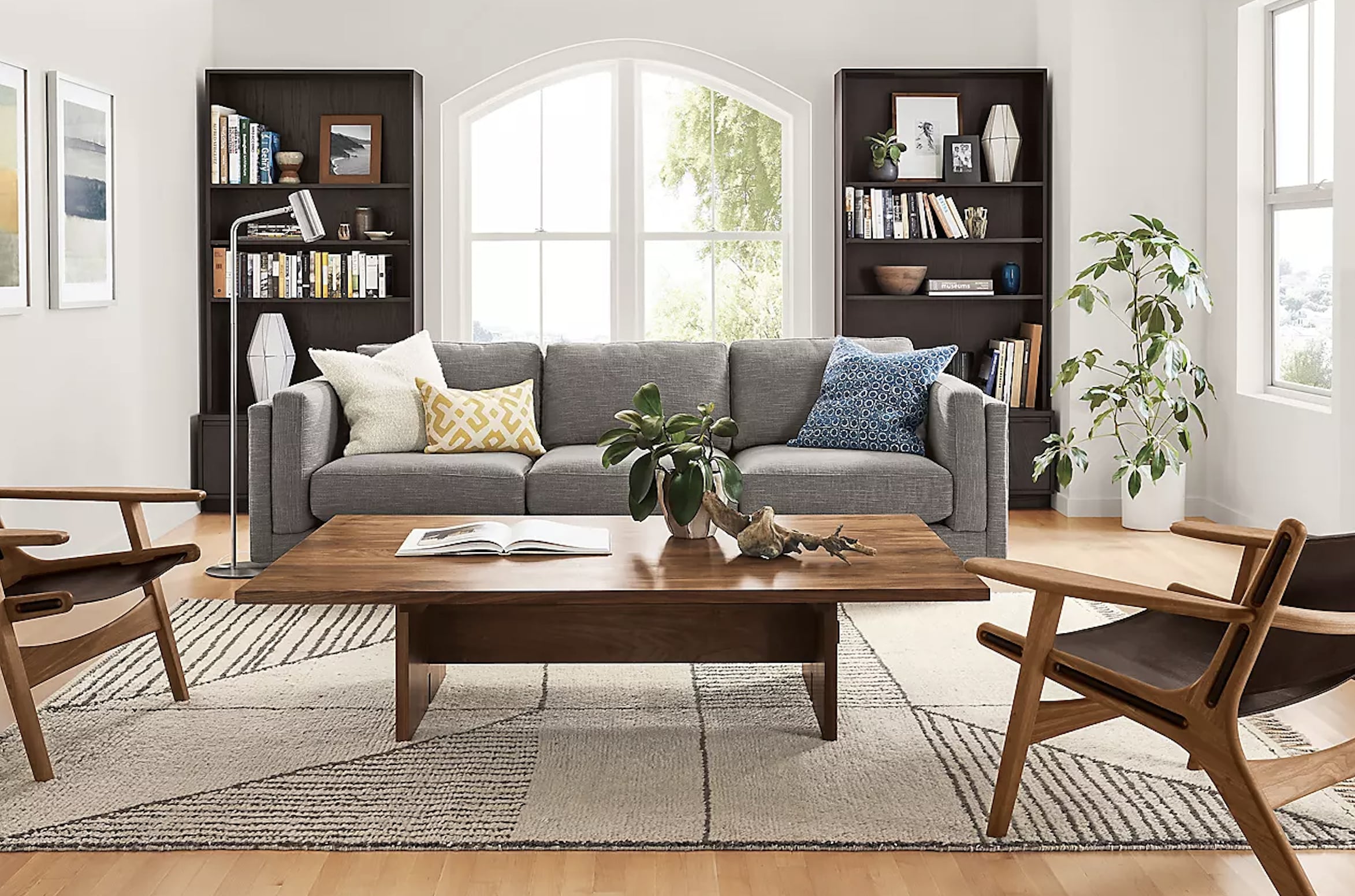Understanding Wood Color Combinations

The choice of wood colors for your bedroom plays a significant role in shaping the overall mood and ambiance of the space. Understanding the psychology of color and its impact on our emotions can help you create a bedroom that reflects your desired atmosphere.
The Psychology of Wood Colors
Wood colors have a powerful influence on our perception of a space. Different wood tones evoke distinct emotions and create varying levels of warmth, coolness, and energy.
- Warm Wood Tones: Warm wood tones like cherry, mahogany, and walnut radiate warmth and create a cozy and inviting atmosphere. These colors are often associated with comfort, relaxation, and a sense of security.
- Cool Wood Tones: Cool wood tones such as maple, ash, and birch exude a sense of calmness and serenity. They can create a more contemporary and sophisticated feel, making the space feel airy and spacious.
- Neutral Wood Tones: Neutral wood tones like oak and pine offer a versatile backdrop, allowing other elements in the room to take center stage. They provide a balanced and harmonious feel, making the space feel both welcoming and elegant.
Popular Wood Color Combinations in Bedroom Design
Here are some popular wood color combinations that are frequently used in bedroom design:
- Light and Dark Contrast: Combining a light wood like maple with a dark wood like walnut creates a visually striking contrast that adds depth and dimension to the space. This combination is particularly effective in creating a modern and sophisticated look.
- Warm and Cool Harmony: Combining a warm wood like cherry with a cool wood like ash creates a harmonious and balanced feel. This combination is ideal for creating a cozy and inviting atmosphere without feeling too overwhelming.
- Monochromatic Palette: Using different shades of the same wood tone, such as various shades of oak, creates a cohesive and elegant look. This approach is particularly effective in creating a serene and calming atmosphere.
The Impact of Lighting on Wood Color Perception
Natural and artificial lighting can significantly influence how wood colors appear.
- Natural Light: Natural light brings out the true color of wood, revealing its natural grain and texture. In spaces with abundant natural light, warm wood tones may appear even warmer, while cool wood tones may appear more vibrant.
- Artificial Light: Artificial light can alter the perception of wood colors. Warm white light can enhance the warmth of wood tones, while cool white light can make cool wood tones appear more muted.
Creating a Cohesive Color Palette: Mixing Wood Colors In A Bedroom

A bedroom should be a sanctuary, a place to relax and unwind. Creating a harmonious color palette using wood tones can help achieve this. The right combination of wood colors can bring warmth, sophistication, and a sense of tranquility to your space.
Selecting Complementary Wood Colors
Choosing the right wood colors for your bedroom can be exciting, but it also requires careful consideration. To create a cohesive and balanced look, it’s important to select complementary wood tones that work well together.
Here’s a step-by-step guide to help you choose:
- Identify Your Dominant Wood Color: The dominant wood color is the one that will be most prominent in the room. It could be the color of your flooring, bed frame, or a large piece of furniture. This color will set the foundation for the entire color scheme.
- Choose Contrasting or Accent Wood Tones: Once you have your dominant wood color, you can select contrasting or accent wood tones to create visual interest and depth. For instance, if your dominant wood color is a warm brown, you could choose a lighter, cooler wood tone like white oak or maple for accent pieces.
- Consider the Overall Color Scheme: The wood colors you choose should complement the overall color scheme of your bedroom. If you have a neutral color palette, you can use wood tones to add warmth and dimension. If you have a bold color scheme, you can use wood tones to create a sense of balance and grounding.
Designing a Color Palette, Mixing wood colors in a bedroom
Once you’ve chosen your wood colors, you can start to design your overall color palette. This will involve selecting wall paint, furniture upholstery, and other decorative elements.
- Wall Paint: The color of your walls will have a significant impact on the overall feel of your bedroom. If you want a warm and inviting space, consider using a light, neutral color like cream or beige. If you prefer a more modern and sophisticated look, you could opt for a cool gray or blue.
- Furniture Upholstery: The upholstery on your furniture should complement both your wood colors and your wall paint. If you have warm wood tones, you can use a range of colors, from earthy greens and browns to vibrant blues and reds. If you have cooler wood tones, you might want to stick with lighter colors, like creams, grays, or blues.
- Decorative Elements: Decorative elements, such as rugs, curtains, and throw pillows, can add pops of color and texture to your bedroom. Choose colors that complement your wood tones and furniture upholstery. You can also use decorative elements to create a sense of visual interest and personality.